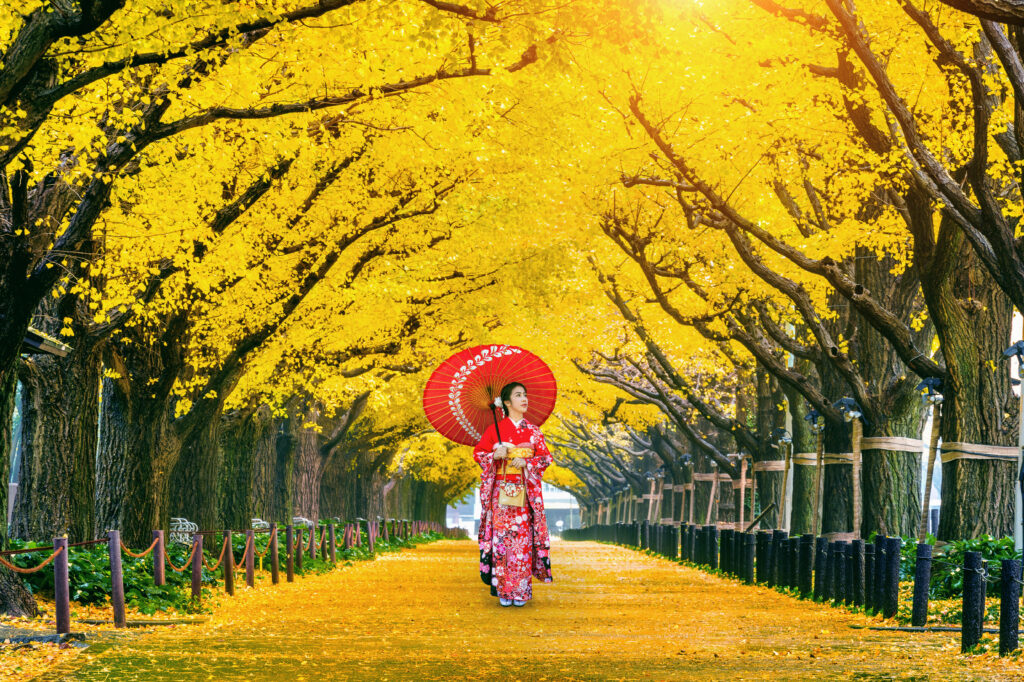Why Queer Travelers Should Visit Tokyo in the Fall
November is off-season in Tokyo but the perfect time for a visit. Hotels are relatively reasonably priced, and the weather is very inviting. The cool, clear air is ideal for strolls along urban thoroughfares and hikes in parks amongst the gingkoes and maples, their leaves ablaze in gold and crimson.
Also, around this time, chrysanthemum exhibitions are held annually at Shinjuku Gyoen National Garden, Yushima Tenjin, and Takahata Fudoson. The Chrysanthemum is the official flower of the Imperial family and the formal seal of the Japanese government. It was first admired by the aristocracy during the Heian period (794-1185). However, later in the Edo period (1603-1868), horticulturalists competed to develop a wide variety of chrysanthemums, and they became ubiquitous as a symbol of autumn.
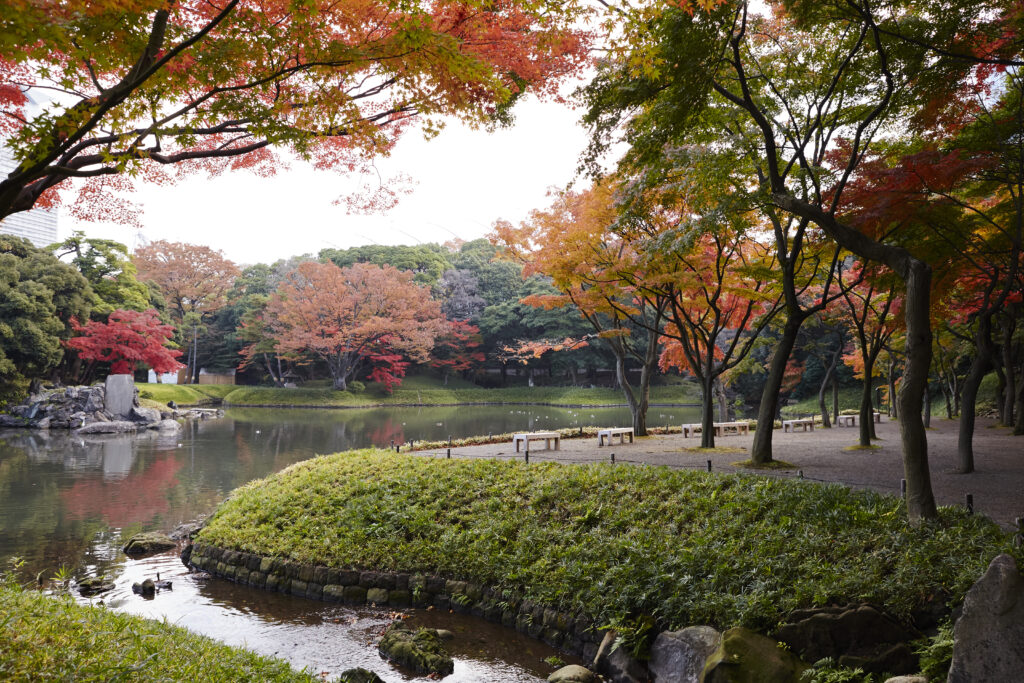
Experience Tokyo’s Autumn Colors
If you want to see foliage in the traditional Japanese garden setting, check out Rikugien Gardens and Koishikawa Botanical Garden. Gazing at the fiery red trees in the reflecting ponds, you will imagine yourself back in the samurai era. In search of romantic solace? Then, saunter beneath the Icho Namiki or “avenue of ginkgo trees” in Meiji Jingu Gaien or Showa Kinen Park – perfect spots for a selfie or photo with your significant other. For a scenic seasonal color encounter within nature itself, take a day trip to Mt. Takao, Mt. Mitake, or Akigawa Valley in Tokyo’s far-off “wild west,” where you can hardly believe you are still within Tokyo a metropolis of more than 14 million inhabitants.
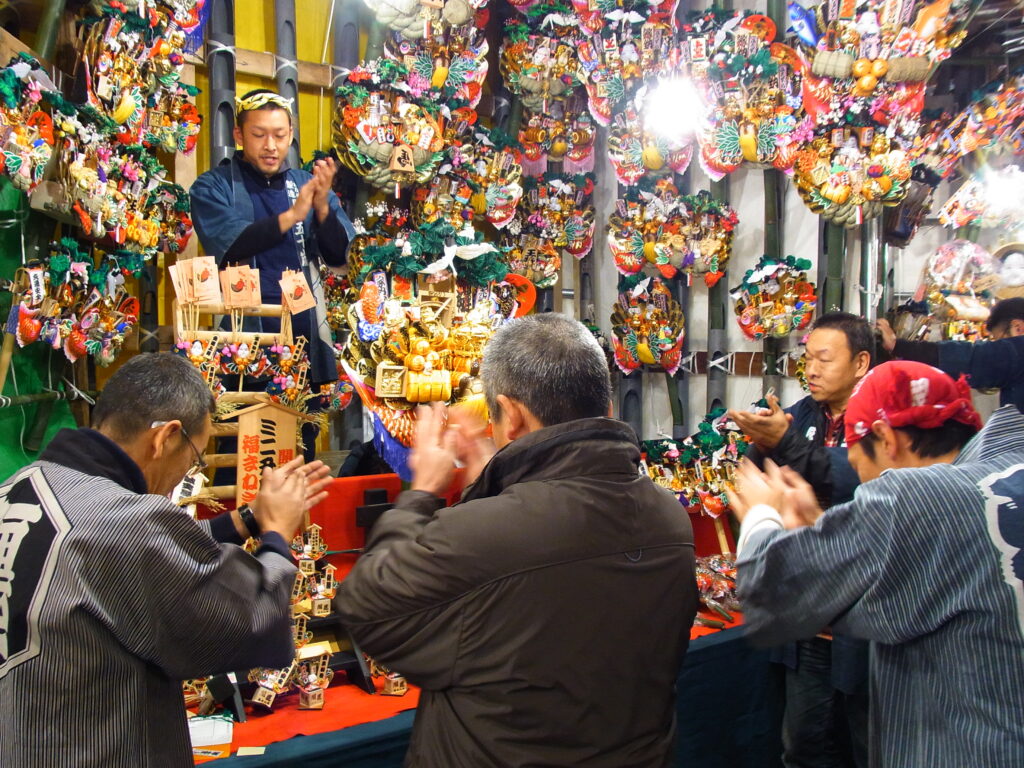
Celebrate the Centuries-Old Tradition of Tori-no-ichi
One of the highlights of November in Tokyo is the Tori-no-ichi. Literally meaning “Market of the Rooster,” this matsuri has been celebrated for hundreds of years. In the Edo period, Tori-no-ichi was the first fair for welcoming the New Year. Today, thousands come to pray for prosperity, success in business, good health in the upcoming year, and to buy kumade. These lavishly decorated rake-shaped good luck charms are believed to gather and “sweep up” good fortune. There is also an abundance of good street food, especially yakitori (grilled chicken)! Tori-no-ichi is held on the “Day of the Tori” (rooster) – every 12 days in November. In 2022, it is celebrated twice, on November 4, 6, and 28. The festivities begin at the stroke of midnight and last 24 hours. Although said to originate at the Asakusa Otori Shrine and the nearby Juzaisan Chokokuji temple, the fair now takes place at rooster-related shrines and temples across Tokyo.
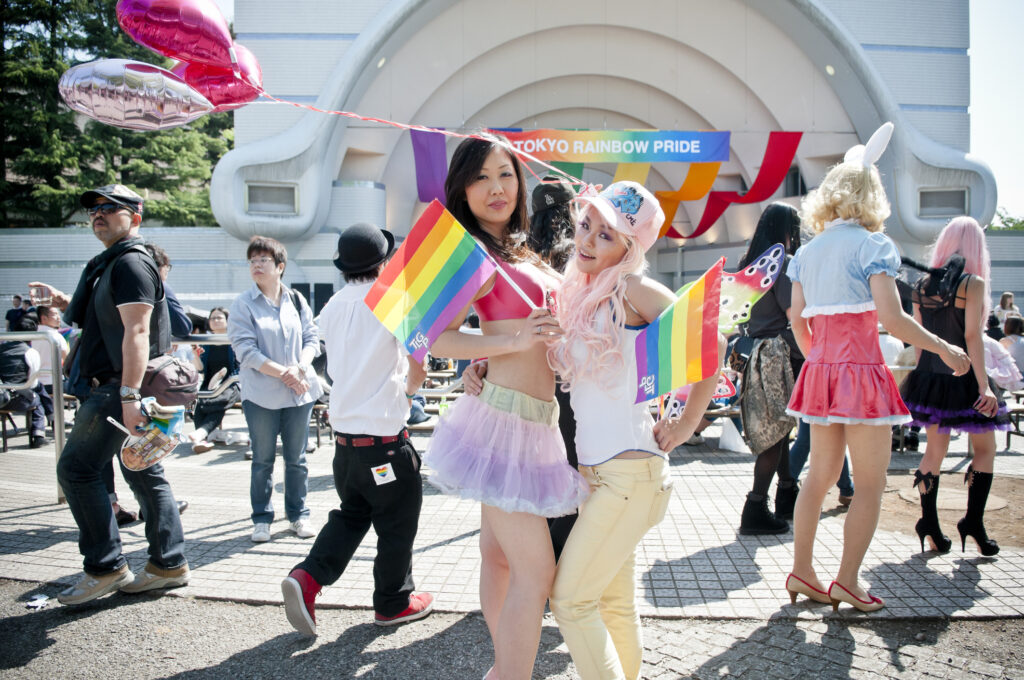
Explore LGBTQ+-Friendly Tokyo
In case you didn’t know, Tokyo has always been at the forefront of LGBTQ+ rights in Japan. The Ni-chome section of Tokyo’s Shinjuku ward reported more than 300 gay bars, and the neighborhoods of Ueno, Asakusa, Shimbashi, and Ikebukuro also revealed a significant area for LGBTQ+ establishments. In addition to a thriving nightlife and LGBTQ+ hangouts, the city’s first queer resource center just opened in Shibuya in October 2020. The Pride House Tokyo Legacy is a safe space for gay community members and visitors to go for support and advice on an array of issues or just general counseling.
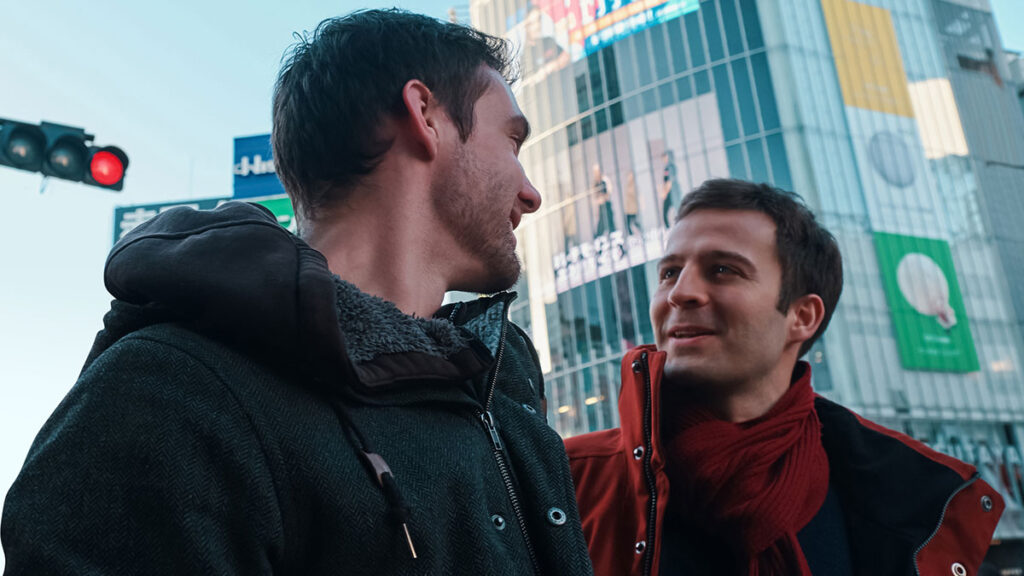
Need more inspiration to travel to Japan? Take a look at the Japan episode of our video series, Check Your Luggage.

